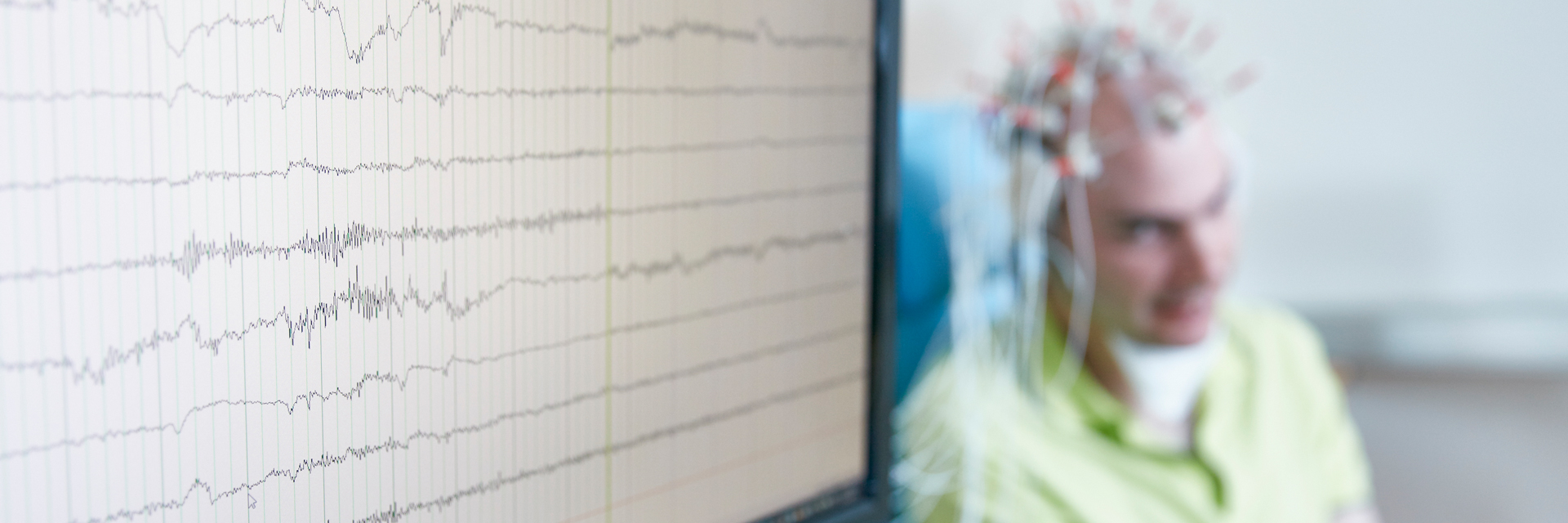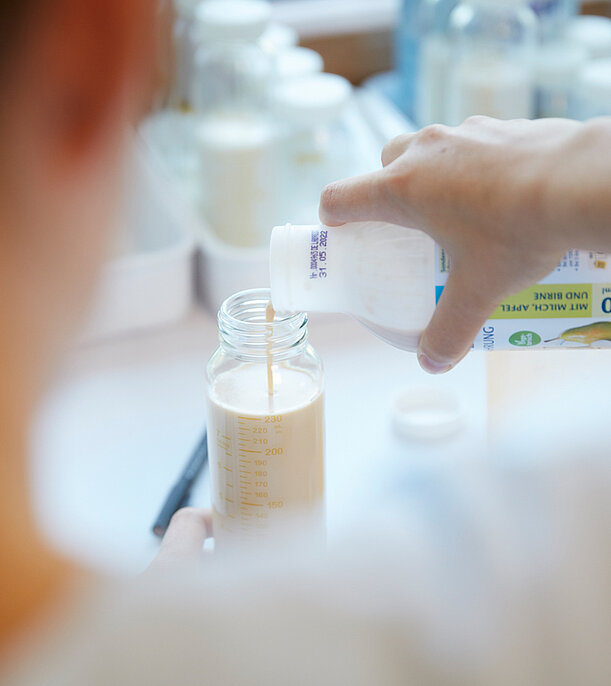
Epilepsie treatment
Freedom from seizures is quality of life
Epileptic seizures or convulsions are common concomitant diagnoses in our patients and can quickly become the focus of treatment if seizure control is poor. That is why epilepsy treatment is a speciality of the Children's Hospital Schömberg.
The primary goal of our treatment is to be seizure-free. However, not at any price. If, for example, the side effects of the medication are considerable or there is a good quality of life despite persisting seizures, individual solutions are required. This is also because epilepsies in childhood and adolescence are sometimes very different from those in adults and their appearance can change again and again in the course of development. Difficulties can also arise in childhood due to the restrictions on the authorisation of various antiepileptic drugs. It is important in active epilepsies to carry appropriate emergency medication, adequate protection against injury, for example by wearing a protective helmet or by staff-intensive supervision, including 1:1 care if necessary.

Epilepsy Diagnostics
The basis of every epilepsy treatment is a detailed seizure history and the recording of an EEG. In certain cases, long-term EEG or video EEG recordings are used. Where appropriate, the drug levels are checked.

Epilepsy Treatment
Epilepsies are mainly treated with medication. In some cases, however, there are also alternative treatment options. Avoiding risk factors such as taking additional seizure-inducing drugs, sleep deprivation, alcohol consumption in young adults or overexertion can also reduce the risk of epileptic seizures occurring.

We have experience with all approved anticonvulsants and use them accordingly if the respective situation requires it and there are no contraindications. In the absence of alternatives, also as an individual healing attempt.

Some forms of epilepsy can be treated well with a dietary treatment approach (ketogenic diet), which can also be a modified Aitkins diet.
In some cases, it is possible to achieve freedom from seizures. This requires some preparatory examinations, especially to exclude a metabolic disorder. In addition, it is important to ensure a stable glucose and ketosis level in the blood during the conversion of the energy metabolism. Therefore, the initiation of a ketogenic diet should be done under stationary conditions.
Very complex preliminary examinations are a prerequisite for epilepsy surgery. As a rule, only circumscribed epilepsies or epilepsies limited to one half of the brain are suitable for this therapeutic option. The vagus nerve stimulator has lost importance in recent years and is only rarely used.
We do not offer either therapy method at the Children's Hospital Schömberg. Upon request, we will be happy to inform you about these therapy procedures and arrange the corresponding contacts.

